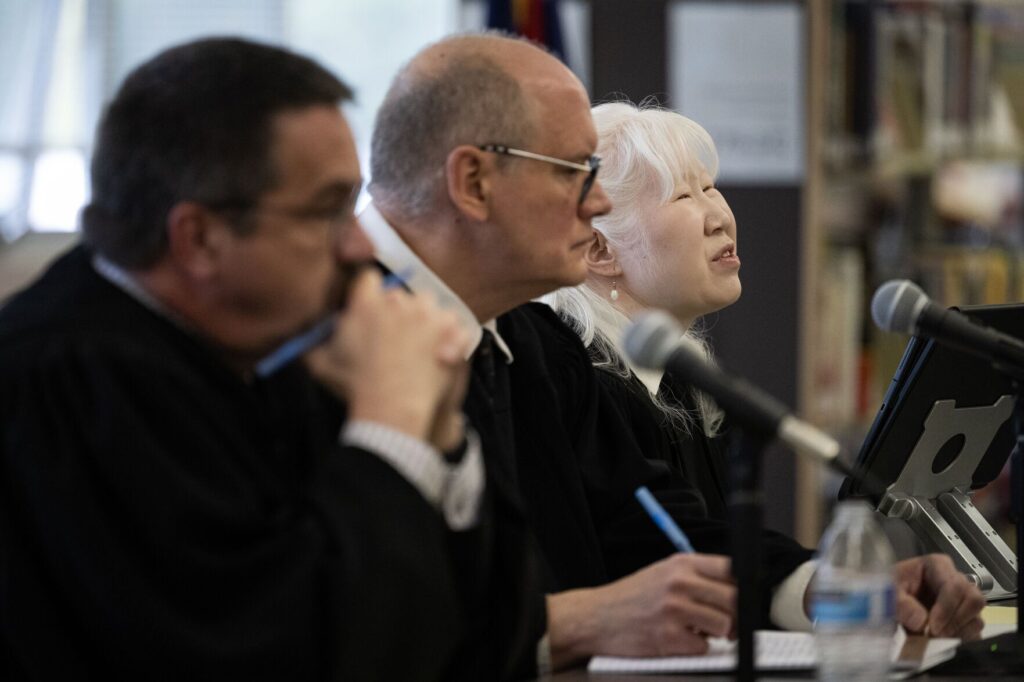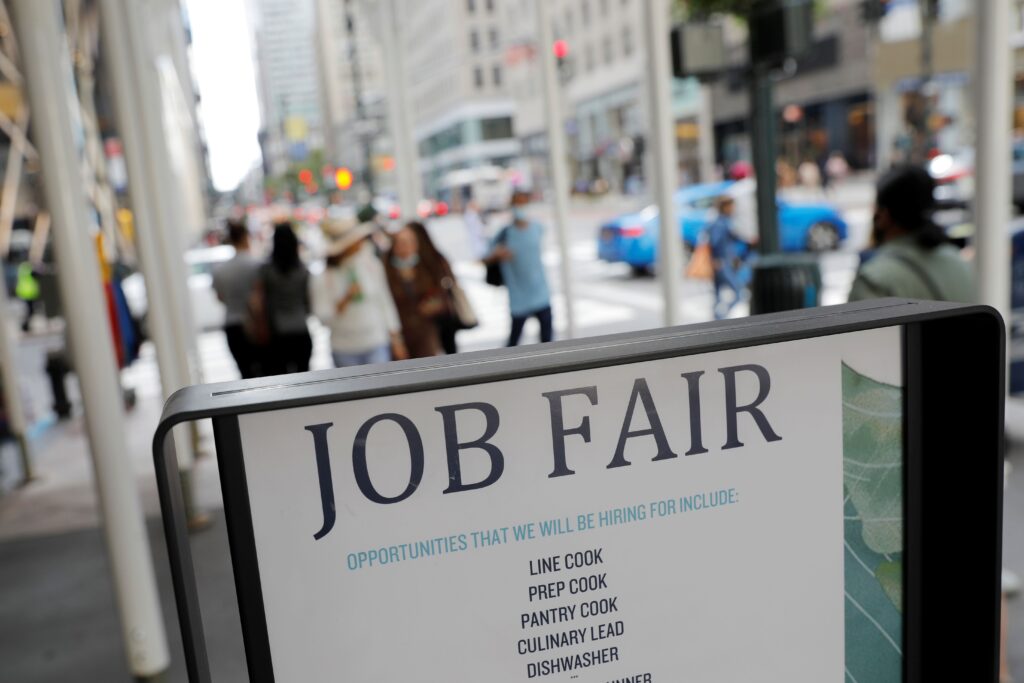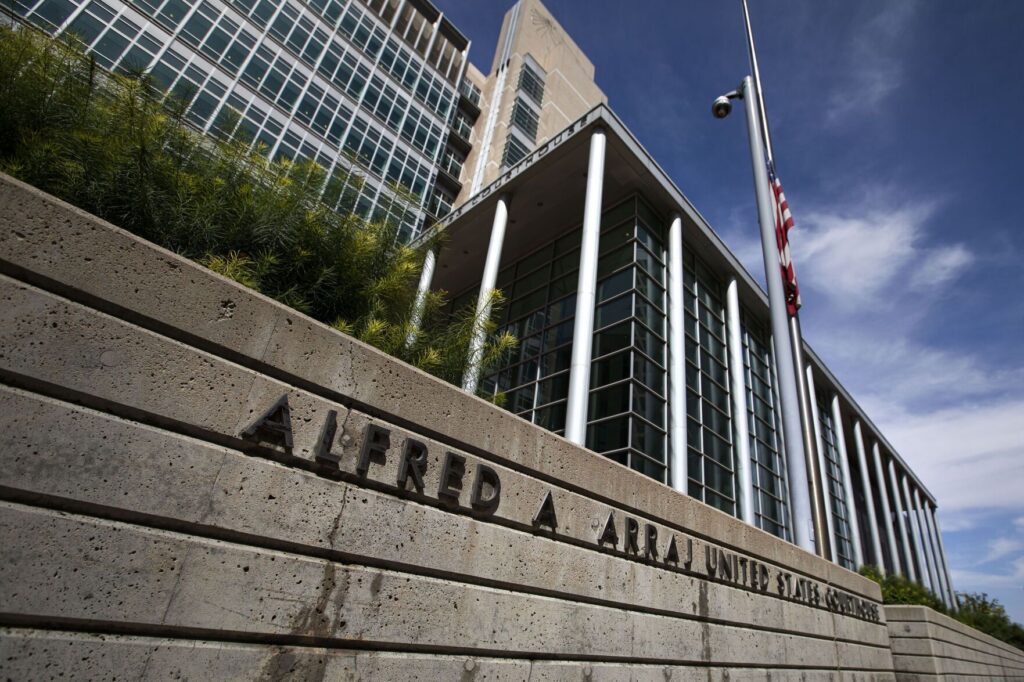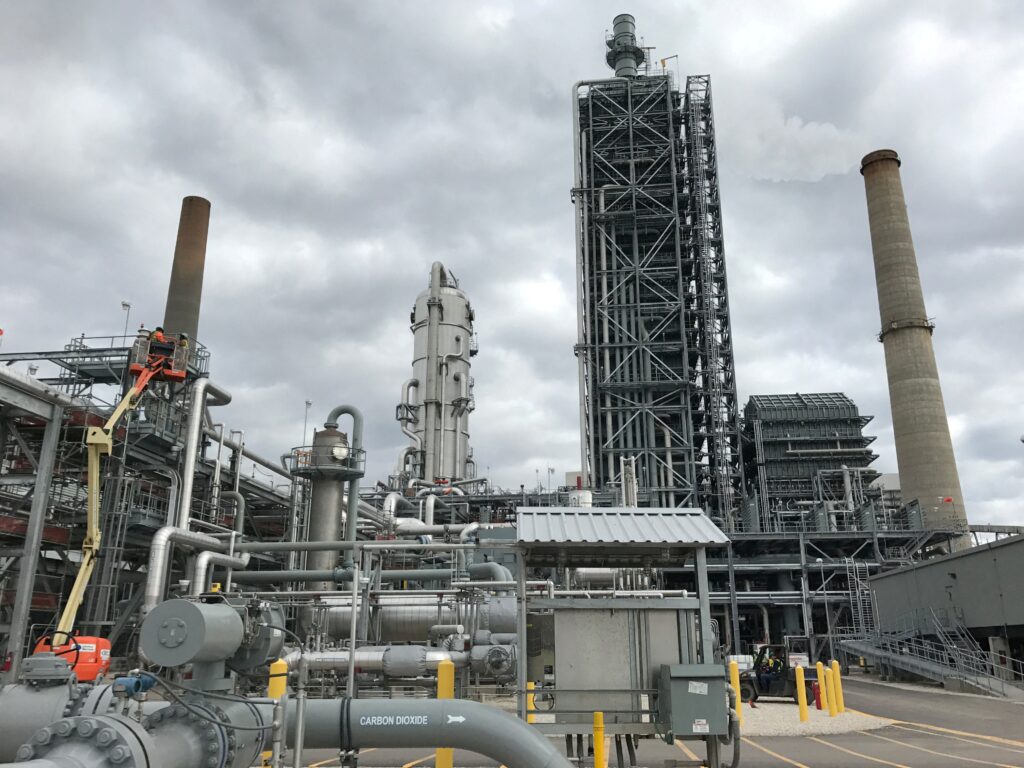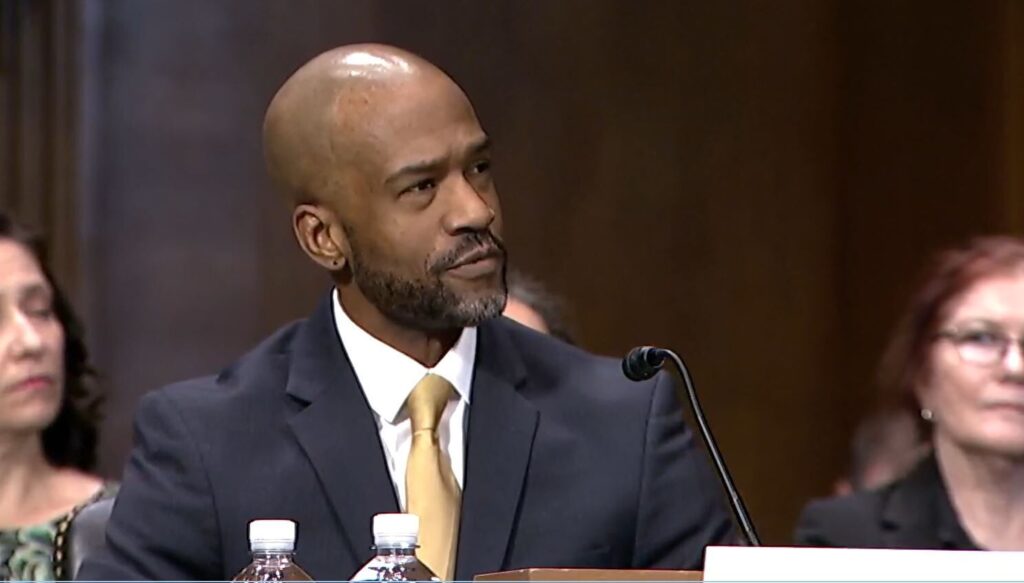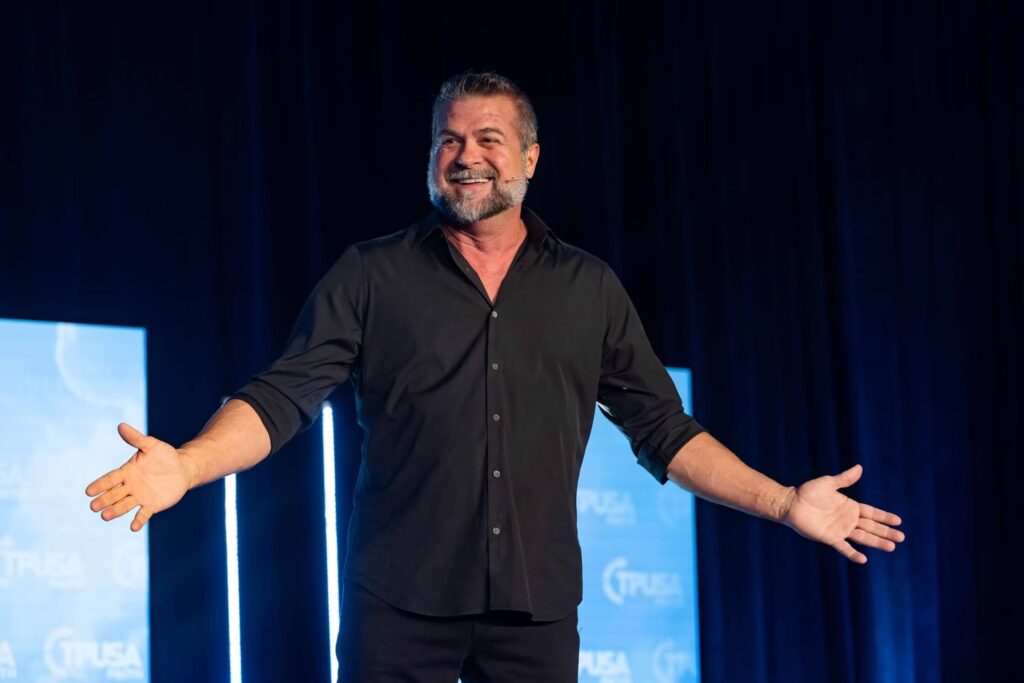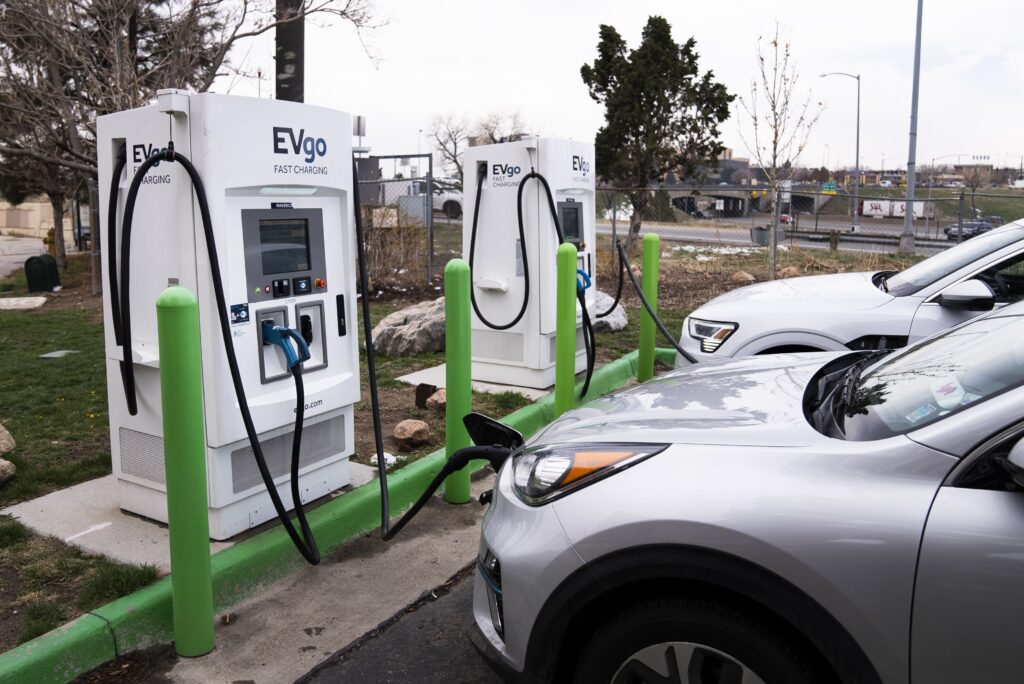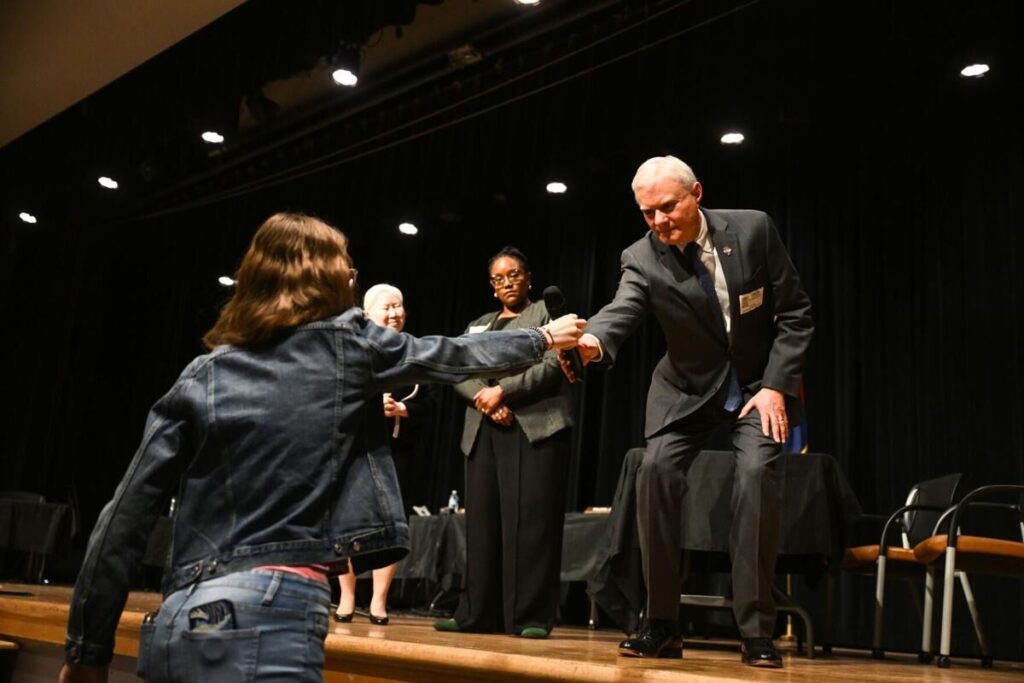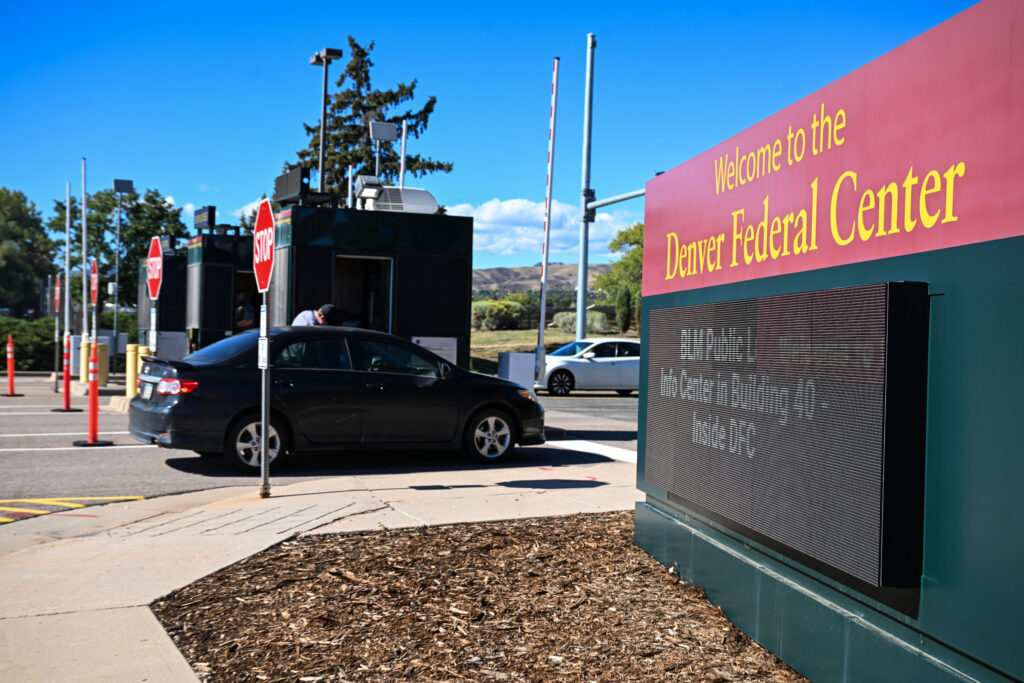Biennial of the Americas takes a look at the Colorado River and water challenges
“It’s warm, it’s us, it’s serious, we’re sure and we can fix it.”
And without a solution, or many solutions, it – climate change – could cause Colorado to lose 20 percent of the water from the Colorado River by 2050 and more than a third of its flow by 2100, according to Brad Udall, a senior water and climate research scientist at the Colorado Water Institute at Colorado State University.
Udall spoke about climate change and its impact on water supply during a panel discussion on water sustainability Friday at Biennials of The Americas. The week-long event, which wrapped up on Saturday, focused on arts and culture of the Americas, sustainability and civic engagement. Its focus on water included a look at regional solutions to water security, best practices and innovative solutions to water challenges.
Climate change means increased planet temperatures, unquestionably human-caused, serious and fixable,’ Udall explained. The impact on water is that “if you heat up the atmosphere … you fundamentally change the water cycle,” which will produce more floods like Harvey, which is supposed to be a one in 25,000-year event, and more drought.
He said the Colorado River is in a 17-year drought, most evident from what’s happening in the lower basin states and Mexico, all which draw water from the Colorado River.
Half of that 17-year drought, Udall told an audience Friday at the Born Hotel, is caused by global warming. One of the most basic fixes, as Udall sees it, is to “electrify everything we can. We have to find ways to generate electricity without generating carbon” and its contribution to greenhouse gases.
Climate change is among the challenges Denver Water faces, said its CEO, Jim Lochhead. “Ecosystems are literally shifting beneath our feet,” he said.
The prospect of sustained drought, as is seen in the southern states – Arizona, Nevada and California – means the Colorado is faced by tremendous challenges for the future. Add to that Colorado’s expected population surge of three to five million people in the next three decades.
“If we grow the next five million people the way we did the last five million,” Lochhead said, the state’s water is not sustainable.
Lochhead called for major policy changes in the way water is managed, and an integrated water and transportation system that he said will be the key to survival.
The panel was moderated by former Secretary of Agriculture Tom Vilsack, now at CSU and at its National Western Center. He joked that he managed to avoid water for eight years while Secretary of Agriculture, but then CSU called and said “work on water.”
Vilsack called the state water plan a “somewhat frightening document” because of the scope of Colorado’s challenges, including how the state will find an extra one million acre-feet of water annually to serve that surging population between now and 2050. An acre-foot of water is about 326,000 gallons of water; 1 million acre-feet is 326 billion gallons of water.
That challenge, Vilsack said, means Coloradans will have to figure how how to reuse and conserve water, or the alternative, which is to choose between a thriving agricultural economy, or telling cities like Denver and Fort Collins that “you’ve grown enough and you have to cap population.”
“It’s a frightening choice,” he said.
The challenge is also a financial one, according to Tom Halverson, CEO of CoBank, which provides loans and financial services to the agribusiness, rural power, water and communications industries. The United States will need to invest $150 billion for drinking water in structure between now and 2025, Halverson said. One trillion dollars will be needed for those demands over the next 25 years.
Halverson noted that the US drinking water system is mostly delivered through aging infrastructure, much of it close to a century old but with a lifespan of just 75 to 100 years. That aging infrastructure, he said, causes a loss of about 6 billion gallons of water, or about 14 to 18 percent, every day.
“Our first priority should be to reduce water waste through investing in existing infrastructure,” Halverson said.
But he also called for a shift in public perception about how water is viewed. The current system is built around protecting water as a property right, which doesn’t treat water as a scarce resource, he said. “We treat it more like air, like it’s free and as a result we don’t conserve it.”
Halverson also defended water use in agriculture, noting that 85 percent of consumed water goes to farming. Thanks to more efficient irrigation, he said, agriculture is using about 25 percent less water today than it did in 1980, and that efficiency means crop yields are up at the same time. “Farmers don’t get enough credit from the environmental community…there’s a real ethic of stewardship” with agricultural producers, he said.
The panel also addressed ways to get people interested in the water issue. Andrea Erickson of the Nature Conservancy pointed to San Antonio, Texas, where some hotels show the area’s aquifer levels and that day’s temperature. “The public responds when awareness is articulated and there’s a way for them to contribute,” she said. In Australia, where they have major drought, she explained, dogs have been trained to sniff out fluoridated water, and that got people interested in water leaks.
The challenge of water, Vilsack said, is not just a Western challenge, it’s a nationwide one. Whatever strategies developed “must be consistent with water law, environmentally friendly and respectful of all interests.”


